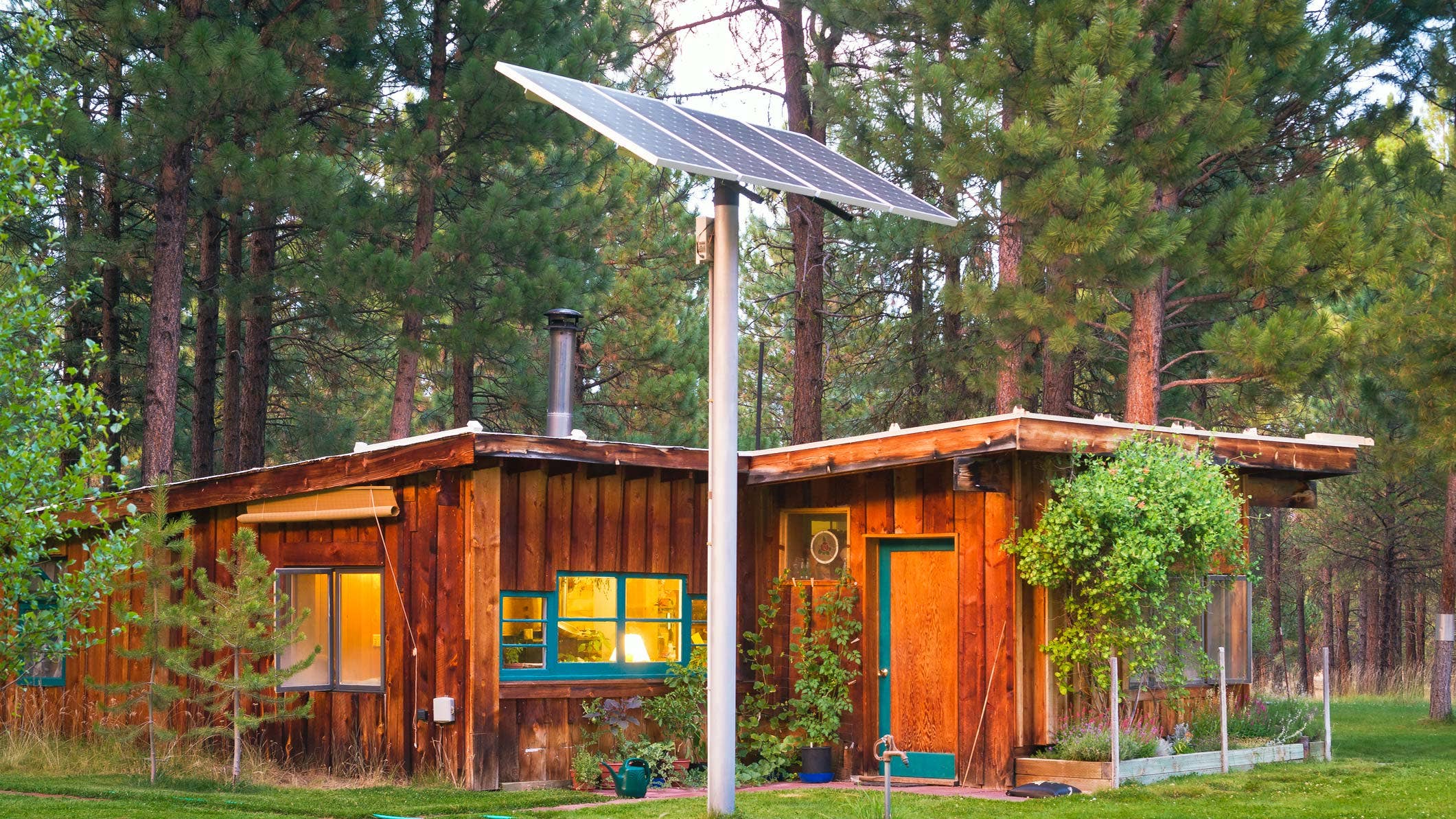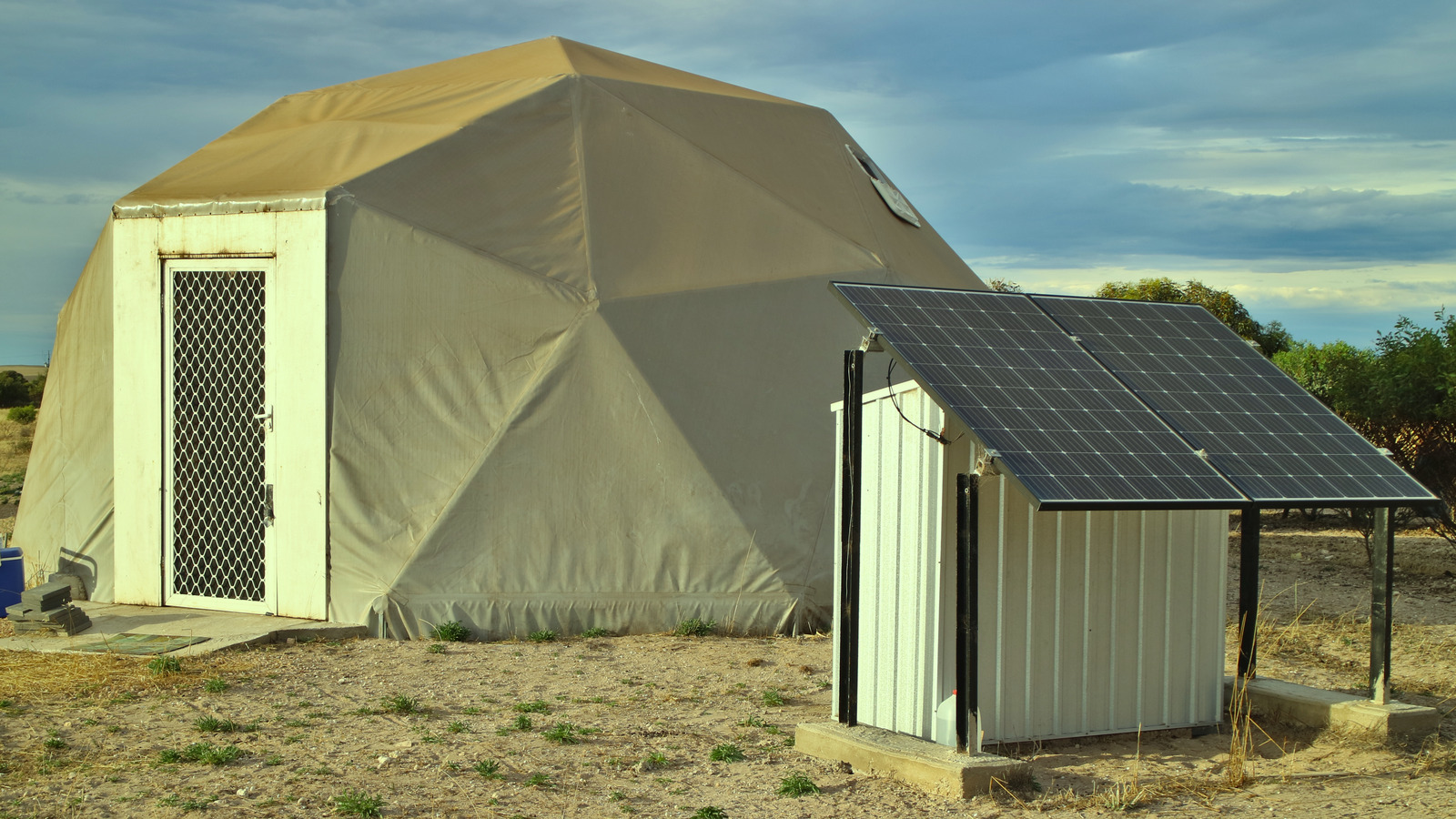Off grid living how to unveils the secrets to a life unplugged. Imagine a world where you’re the master of your own energy, water, and waste, disconnected from the grid yet connected to nature’s rhythms. This isn’t just a lifestyle; it’s a journey of self-reliance, resourcefulness, and a deeper connection with the environment. We’ll guide you through every step, from meticulously planning your location and budget to building your own sustainable home and establishing reliable systems for water, energy, and waste management.
Prepare to embark on an adventure that will transform your relationship with the world around you.
This comprehensive guide provides a step-by-step roadmap to successfully transition to off-grid living. We’ll cover crucial aspects like location selection, financial planning, legal requirements, and the various philosophies behind this lifestyle. Learn to harness renewable energy sources, create efficient water systems, and manage waste responsibly. We’ll also explore different sustainable building techniques and provide practical tips for minimizing your environmental impact while maximizing your comfort and independence.
Energy Solutions for Off-Grid Living: Off Grid Living How To
Embracing off-grid living requires a robust and reliable energy strategy. This section delves into the various renewable energy options available, offering a comparative analysis to help you make informed decisions for your unique off-grid setup. We will explore solar, wind, and hydro power, examining their strengths and weaknesses to guide you toward the ideal solution for your needs and location.
A practical solar power system design will also be presented, alongside tips for minimizing energy consumption and a comprehensive list of essential tools and materials for installation.
Renewable Energy Source Comparison
Choosing the right renewable energy source depends heavily on geographical location and specific energy needs. Solar power excels in sunny areas, wind power thrives in windy regions, and hydropower requires a consistent water source. Each option presents a unique blend of efficiency, cost, and environmental impact.
Solar Power: Highly efficient photovoltaic (PV) panels convert sunlight directly into electricity. Initial costs can be substantial, but long-term operational costs are low. Environmental impact is minimal, primarily related to manufacturing and disposal of panels. Efficiency depends on panel technology and sunlight availability, ranging from 15% to 22% for common crystalline silicon panels. A well-designed solar system can provide years of reliable power, offsetting its initial investment.
For example, a 5kW system in a sunny location might cost $10,000-$15,000 initially but could save thousands in electricity bills over its lifespan.
Wind Power: Wind turbines convert wind energy into electricity. The initial investment can be high, especially for larger turbines, and efficiency varies greatly depending on wind speed and turbine design. Environmental concerns include potential impacts on birds and bats. A small wind turbine for a single home might cost $5,000-$10,000, with efficiency varying widely based on wind conditions.
A consistent, strong wind resource is crucial for reliable power generation.
Hydropower: Hydropower utilizes the energy of flowing water to generate electricity. This is a highly efficient and reliable source but requires a significant water source, such as a stream or river. Environmental impacts can include alterations to water flow and habitats. The cost of a small-scale hydropower system can vary greatly depending on the scale and complexity of the project, ranging from several thousand to tens of thousands of dollars.
Careful planning and environmental considerations are essential for responsible implementation.
Designing a Solar Power System
A well-designed solar power system balances energy production with storage and consumption. The key components are solar panels, batteries, and an inverter.
Sizing the System: Determine your daily energy consumption (kWh) by monitoring your current usage or estimating based on appliance wattage and usage time. Factor in a safety margin (e.g., 20%) to account for cloudy days. The total wattage of solar panels should meet or exceed your daily energy needs. Battery capacity (kWh) should provide sufficient backup power for several days, considering your daily consumption.
The inverter’s capacity (kW) should match the peak power output of your solar panels.
Example: Assume a daily energy consumption of 5 kWh. Adding a 20% safety margin results in a target of 6 kWh. A 6kW solar panel array, coupled with a 10kWh battery bank and a 6kW inverter, would provide adequate power. This is a simplified example; professional consultation is crucial for accurate sizing based on specific location, energy consumption, and other factors.
This would be a significant initial investment, but the long-term savings on electricity bills and environmental benefits can be considerable.
Reducing Energy Consumption in Off-Grid Homes, Off grid living how to
Minimizing energy consumption is crucial for maximizing the lifespan of your energy system and reducing your reliance on backup generators.
Energy-Efficient Appliances: Opt for energy-efficient appliances with high Energy Star ratings. LED lighting consumes significantly less energy than incandescent bulbs. Use energy-efficient refrigerators and washing machines. Consider using propane or wood stoves for cooking and heating, reducing your reliance on electricity. These choices significantly impact your overall energy needs and thus reduce the size and cost of your renewable energy system.
Behavioral Changes: Consciously reduce energy usage. Turn off lights when leaving a room. Unplug electronics when not in use. Air dry clothes instead of using a dryer. Minimize the use of energy-intensive appliances during peak sunlight hours.
These small changes accumulate over time to make a substantial difference in your energy consumption. Adopting energy-conscious habits becomes second nature and reduces the overall load on your off-grid system.
Essential Tools and Materials for Solar Panel Installation
Proper installation is crucial for safety and system efficiency. The following table Artikels essential tools and materials, categorized for clarity.
| Tool/Material | Purpose | Source | Cost Estimate |
|---|---|---|---|
| Solar Panels | Generate electricity from sunlight | Solar supplier | $300-$500 per panel |
| Charge Controller | Regulates battery charging | Solar supplier | $100-$300 |
| Inverter | Converts DC to AC power | Solar supplier | $200-$500 |
| Batteries | Store electricity | Battery supplier | $200-$500 per battery |
| Wiring and Connectors | Connect system components | Electrical supplier | $50-$100 |
| Mounting Hardware | Secure panels to roof or ground | Hardware store | $50-$150 |
| Screwdrivers (Phillips and Flathead) | Assemble and install components | Hardware store | $20 |
| Wrench Set | Tighten bolts and connectors | Hardware store | $30 |
| Measuring Tape | Accurate measurements for installation | Hardware store | $10 |
| Level | Ensure proper panel alignment | Hardware store | $15 |
Embarking on the off-grid journey is a bold step towards self-sufficiency and a harmonious existence with nature. This guide has equipped you with the knowledge and practical steps to navigate the challenges and reap the rewards of this unique lifestyle. Remember, off-grid living is not just about escaping the grid; it’s about creating a sustainable and fulfilling life deeply rooted in resourcefulness, resilience, and a profound appreciation for the natural world.
Embrace the adventure, and let your off-grid dreams become a reality. The journey may be challenging, but the rewards – both personal and environmental – are immeasurable.
Find out further about the benefits of best battery for off grid living that can provide significant benefits.



